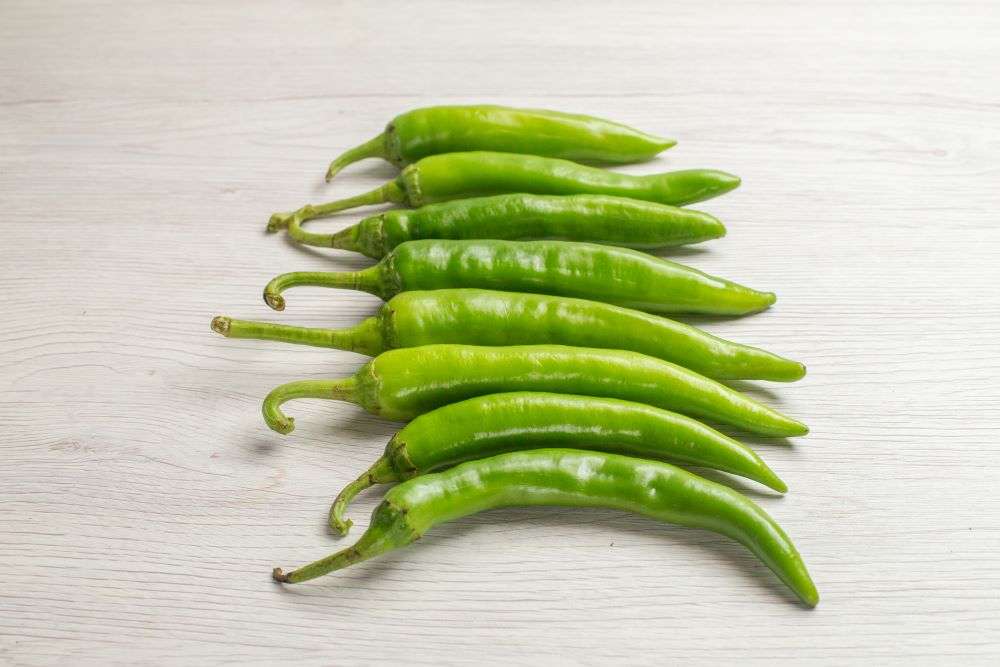India, with its abundant and diverse agricultural landscape, is a significant contributor to the global citrus market. Among its range of fruits, oranges, especially the Nagpur variety, have carved out a distinctive identity. With increasing demand for fresh and processed orange products, India’s orange export journey is an inspiring tale of overcoming challenges, leveraging opportunities, and aiming for global reach.
India’s Orange Export Landscape
Oranges are cultivated extensively in regions like Maharashtra, Madhya Pradesh, and parts of North-Eastern India. Among these, Nagpur oranges are particularly celebrated for their sweetness and tangy flavor, making them a preferred choice in both domestic and international markets.
India’s orange exports span across neighboring countries such as Bangladesh, Nepal, and Bhutan, as well as to the Middle East, including the UAE and Bahrain. In recent years, there has been an emerging interest from markets in Southeast Asia and even Europe, signaling a promising expansion for Indian citrus exporters.

Key Factors Influencing Orange Exports
- Quality Produce: The intrinsic quality of Indian oranges, particularly their flavor, texture, and aroma, is a significant advantage in capturing global attention.
- Innovative Preservation Techniques: Farmers and exporters are increasingly adopting methods such as wax coating and cold storage to enhance the shelf life of fresh oranges and cater to distant markets.
- Processed Products: Beyond fresh oranges, the demand for orange pulp, juice concentrates, and even candied peels is steadily growing, offering Indian exporters avenues to diversify.
- Government Initiatives: The Indian government, recognizing the potential of citrus exports, has introduced measures like agricultural export hubs, grading and sorting facilities, and subsidies for transport to ports.
- Cost Efficiency: With relatively low production costs compared to some exporting countries, India remains competitive in terms of pricing, attracting cost-conscious buyers.
- Global Health Trends: Rising awareness about the health benefits of consuming citrus fruits like oranges has fueled demand for Indian produce internationally.
Challenges in Exporting Oranges
Despite its potential, the orange export industry faces challenges that need addressing. High tariff barriers in some importing countries, especially Bangladesh, have been a persistent issue. For example, the import duty on oranges in Bangladesh saw a significant increase, which directly impacted export volumes. Similarly, logistical bottlenecks and a lack of adequate cold storage infrastructure in certain regions pose hurdles to maintaining the quality of exported oranges.
Indo Foods Export: A Success Story in Citrus Export
Indo Foods Export, a leading name in the agricultural export sector in India, stands as an example of how innovation and quality can pave the way for success in global markets. By focusing on strict quality controls and certifications, Indo Foods Export ensures that our oranges meet international standards.
Our approach includes sustainable practices such as environmentally friendly packaging and optimized shipping methods, which align with the rising consumer demand for eco-conscious products. Indo Foods Export has also strategically expanded to newer markets in West Asia and beyond, showcasing the untapped potential of Indian oranges.

Positive Momentum in Orange Exports
India’s orange export industry continues to flourish. In 2023, over 73,000 metric tonnes of fresh and dried oranges were exported, marking a strong year for Indian citrus. This growth reflects the increasing demand for high-quality fruits in countries such as Nepal, UAE, Bhutan, and Singapore. By meeting international standards and diversifying export channels, Indian exporters are ensuring sustainable growth in this sector.
– Export Import Data
The Future of Indian Orange Exports
To solidify India’s position as a leading orange exporter, a few steps could be instrumental:
- Market Diversification: Expanding to newer and niche markets in Europe and North America could reduce dependency on existing regions.
- Value Addition: Encouraging the production of value-added products like orange-based beverages, jams, and extracts could open up broader business opportunities.
- Collaborations and Promotions: Partnering with international trade organizations and participating in global food expos could enhance visibility and trust in Indian oranges.
- Infrastructure Development: Investments in improving port facilities, establishing cold chain logistics, and providing subsidies for agricultural equipment will be vital for sustainable growth.
- Research and Innovation: Developing disease-resistant orange varieties and improving farming techniques can yield higher-quality produce and increase profitability for farmers.
India’s journey in the orange export industry is a tale of potential and perseverance. Despite challenges, the industry has demonstrated resilience and adaptability. By leveraging its strengths, addressing challenges, and embracing innovation, India can enhance its global footprint and solidify its reputation as a powerhouse in the citrus market.
Indian oranges, with their vibrant color, rich aroma, and delectable taste, have the potential to brighten tables and satisfy taste buds across the world. The future holds promising opportunities, and with the concerted efforts of the government, farmers, and exporters like Indo Foods Export, the sweet and tangy flavors of Indian oranges can truly become a global delight.





